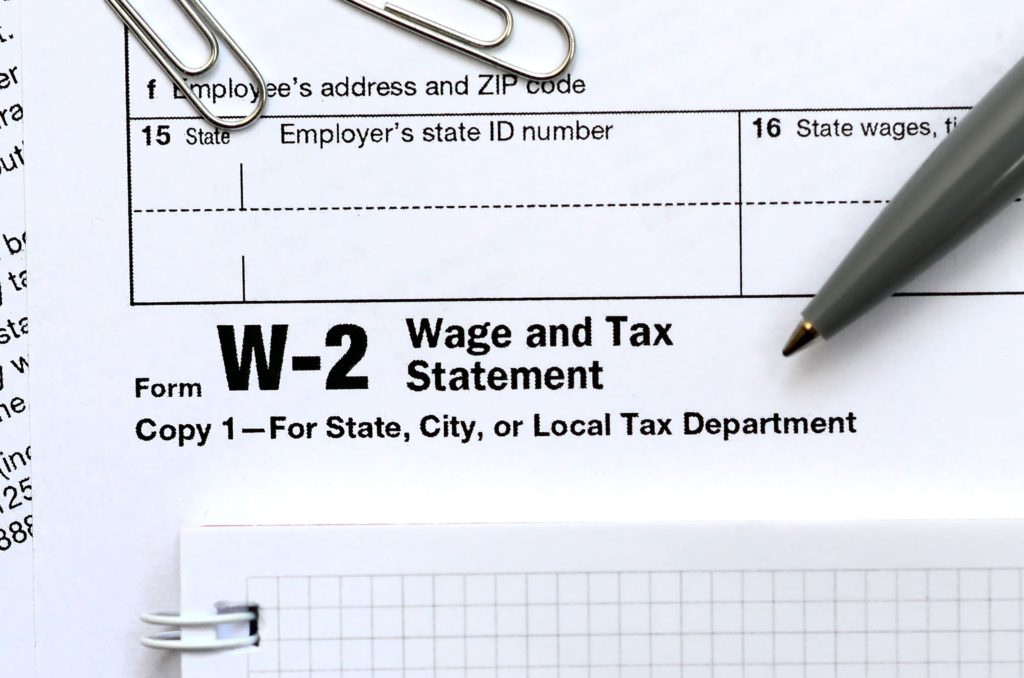Navigating the world of taxation can be a daunting process, especially when a change of jobs is involved. One critical document you need to correctly file your taxes is the W-2 form. If you’ve recently switched jobs, you might be wondering, “how to get w2 from previous employer?” This comprehensive guide answers that question and much more.
Why Do I Need a W-2?

Firstly, it’s essential to understand why a W-2 form is critical. The W-2, often referred to as the Wage and Tax Statement, details your income and the amount of taxes withheld from your paycheck over the past year. This is a crucial document required by the Internal Revenue Service (IRS) to accurately assess your tax obligations or refunds.
Consider the W-2 as a fiscal scorecard from your employer, enabling both you and the IRS to track your earnings and tax payments. Without this information, your tax return will be incomplete, potentially leading to penalties or delays in your tax refund.
How To Get A W-2 From Your Former Employer
Reach Out to Your Former Employer
Your primary recourse on how to get a W-2 from your old employer is by directly contacting them. Employers are obligated to mail out W-2 forms by January 31. If you have not received it by mid-February, reach out to your former HR department or payroll processor. It’s possible they might have an incorrect address on file or there might be some other internal issue.
Request a Copy Online
If contacting your former employer is not feasible, you can get a copy of W-2 from a previous employer online. The IRS offers this service free of charge. You just need to create an account on the IRS website and request your transcript. Keep in mind this version of the W-2 may not have state or local tax information.
Hire a Tax Professional
If the process seems overwhelming or if you encounter roadblocks, consider hiring a tax professional. They can guide you through the process and can even request the W-2 on your behalf.
Advantages | Disadvantages |
Direct communication with the employer can expedite the process | Potential communication or logistical hurdles with a previous employer |
| Online transcripts are readily available | Online transcripts may lack state or local tax information |
| Tax professionals can provide guidance and support | Engaging a tax professional can add to your expenses |
What If My W-2 Arrives Late?
Suppose you find yourself waiting for your W-2 even after February’s second week. In that case, you might be asking, “What if my W-2 arrives late?” Don’t panic. You have options.
The IRS recommends contacting them if you haven’t received your W-2 by February 15. They will send a letter to your former employer on your behalf. You can also file IRS Form 4852, a substitute for Form W-2, estimating your wages and withheld taxes.
However, be cautious with the latter option, as inaccuracies could lead to amended returns.
What If My Previous Employer Refuses To Send My W-2?
If your previous employer refuses to send your W-2, it can be a tricky situation. However, remember that employers are legally required to provide the W-2. Refusal can lead to penalties from the IRS. If the employer is unresponsive, report the issue to the IRS providing all necessary details.
Meanwhile, you can still file your taxes using IRS Form 4852 as a substitute for your W-2, although this should be a last resort.
Tips If You Can’t Get Your W-2 From Your Previous Employer
While this guide has hopefully clarified how to get a W2 from an old job, here are some additional tips if you still encounter difficulties:
- Keep all your pay stubs: They can help estimate your earnings and taxes withheld.
- Document all your attempts to contact your previous employer: This can be useful if the IRS needs to intervene.
- Consult with a tax professional: Their expertise can be invaluable in navigating these issues.
The process of retrieving your W-2 from a previous employer can seem daunting. Still, with the right knowledge and a little patience, it can be navigated smoothly. This guide should provide you with the tools necessary to approach this task with confidence.
Frequently Asked Question
What is the deadline for my previous employer to send me my W-2 form?
By law, employers are required to send your W-2 form by January 31st of the year following the tax year. If it’s sent by mail, allow some extra time for delivery.
What should I do if my former employer refuses to send me my W-2 form?
If your former employer refuses to send your W-2, you should report the issue to the IRS. The IRS will send a letter to your employer on your behalf. Meanwhile, you can still file your taxes using IRS Form 4852, a substitute for your W-2.
Can I get a copy of my W-2 from the IRS?
Yes, you can get a free copy of your W-2 form from the IRS. To do this, you’ll need to create an account on the IRS website and request your transcript. However, be aware that the online transcript may not have state or local tax information.


